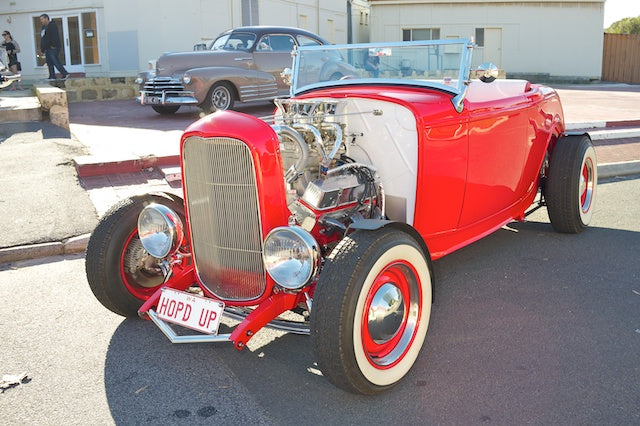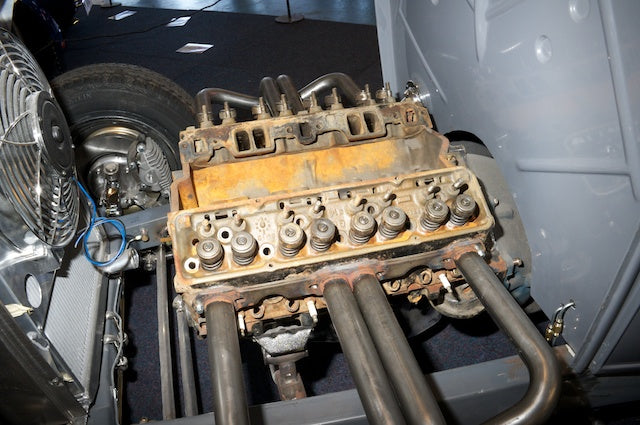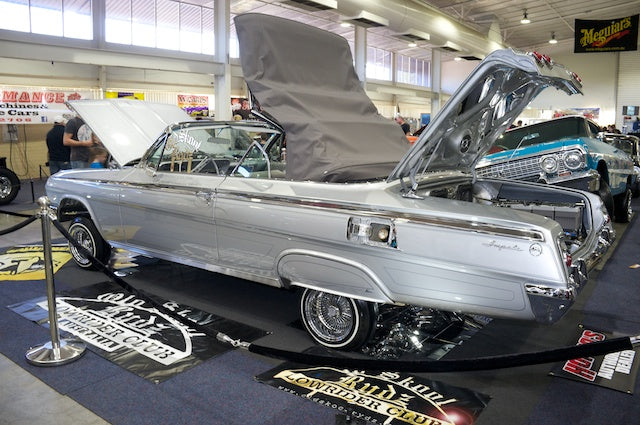No Products in the Cart
 Whether 'tis nobler to take arms against the fierce shadows and defeat them or to flash, perchance to fill - Aye, theres the rub.
Pardon the bad parody of Shakespeare, but I have never accorded him the worship that English Lit teachers and Arts Council directors were wont to do. I was Macbeth'd early, the bump came up, and I have been immune since.
The question here and now is whether to use the TTL function of the speed lights that we attach to our digital cameras. I had several Nikon TTL lights that fit the D300 cameras and a new EF-X500 Fujifilm speed light that works with the fujifilm stable. I've cobbled up a rig that places the flash beside the cameras and feeds the information back and forth on a Canon TTL cable.
Whether 'tis nobler to take arms against the fierce shadows and defeat them or to flash, perchance to fill - Aye, theres the rub.
Pardon the bad parody of Shakespeare, but I have never accorded him the worship that English Lit teachers and Arts Council directors were wont to do. I was Macbeth'd early, the bump came up, and I have been immune since.
The question here and now is whether to use the TTL function of the speed lights that we attach to our digital cameras. I had several Nikon TTL lights that fit the D300 cameras and a new EF-X500 Fujifilm speed light that works with the fujifilm stable. I've cobbled up a rig that places the flash beside the cameras and feeds the information back and forth on a Canon TTL cable.
 Canon? Similar contact placement to Fujiflm and works quite alright. Funny that Fujifilm do not have one dedicated for themselves...The EF-X500 has a guide number ostensibly of 50 at 100 ISO. Seems to do it, but maybe a little more power than that. The settings are done by button and dial and the readout is an LCD screen. I used it in the TTL mode at a car show and made numerous experiments varying the power up and down.
Canon? Similar contact placement to Fujiflm and works quite alright. Funny that Fujifilm do not have one dedicated for themselves...The EF-X500 has a guide number ostensibly of 50 at 100 ISO. Seems to do it, but maybe a little more power than that. The settings are done by button and dial and the readout is an LCD screen. I used it in the TTL mode at a car show and made numerous experiments varying the power up and down.
 Briefly, at 800 ISO and an aperture of f:5.6-8 it works brilliantly. There is enough flash to fill to outdoor shadows in late afternoon while not overwhelming the interior shots. The shutter was dragged to 1/15 of a second for the interiors to let the show lighting register - a monopod held the camera steady.
Flash is daylight squirted out of a plastic box, and the white balance of a camera is best set at about 5560Kº to match it. If the daylight or interior light does not match it can give either wrong or "artistic" colours. At a car show the latter are preferred. I noted that when I zoomed, the camera told the flash to change the position of the tube to let a wider blast out.
The HC-B purist would never use flash anyway, and the Weegeeist will put on the biggest light bomb he can find, so we can leave these two extremes out of the equation - the rest of us can well do with this sort of thing for normal work. Admittedly there are times when one suspects that the TTL will lead to underexposure - then you open up two stops and push the button for full manual dump and hope for the best. But by and large the TTL does what it says on the tin and saves you a great deal of mental arithmetic calculating f stops. Just set what you want and the circuit does the rest.
The business of umbrellas or diffusers will demand more power - sometimes more than the flash can give - but even here that 50 GN is enough to do a brolly portrait quite easily if you want.
The users of even newer flashes - the ones with the rechargeable lithium ion batteries - can also laugh at us older guys. We shepherd our AA batteries and often resort to manual exposures just to get a little more electricity out of a set. They can be profligate.
A note for the sensitive: in many circumstances the subjects of the photo do not even register the fact that you have used flash - everyone can be so self-focused that even a full pop will go unremarked. That's people, but you can use this purblindness to get a good exposure and not agonise over the fact.
Briefly, at 800 ISO and an aperture of f:5.6-8 it works brilliantly. There is enough flash to fill to outdoor shadows in late afternoon while not overwhelming the interior shots. The shutter was dragged to 1/15 of a second for the interiors to let the show lighting register - a monopod held the camera steady.
Flash is daylight squirted out of a plastic box, and the white balance of a camera is best set at about 5560Kº to match it. If the daylight or interior light does not match it can give either wrong or "artistic" colours. At a car show the latter are preferred. I noted that when I zoomed, the camera told the flash to change the position of the tube to let a wider blast out.
The HC-B purist would never use flash anyway, and the Weegeeist will put on the biggest light bomb he can find, so we can leave these two extremes out of the equation - the rest of us can well do with this sort of thing for normal work. Admittedly there are times when one suspects that the TTL will lead to underexposure - then you open up two stops and push the button for full manual dump and hope for the best. But by and large the TTL does what it says on the tin and saves you a great deal of mental arithmetic calculating f stops. Just set what you want and the circuit does the rest.
The business of umbrellas or diffusers will demand more power - sometimes more than the flash can give - but even here that 50 GN is enough to do a brolly portrait quite easily if you want.
The users of even newer flashes - the ones with the rechargeable lithium ion batteries - can also laugh at us older guys. We shepherd our AA batteries and often resort to manual exposures just to get a little more electricity out of a set. They can be profligate.
A note for the sensitive: in many circumstances the subjects of the photo do not even register the fact that you have used flash - everyone can be so self-focused that even a full pop will go unremarked. That's people, but you can use this purblindness to get a good exposure and not agonise over the fact.